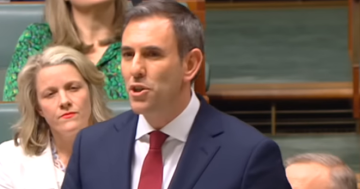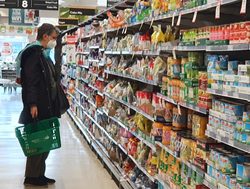 The Australian Bureau of Statistics (ABS) has found that living costs increased by 3.2 per cent in December, the largest quarterly rise since September 2000.
The Australian Bureau of Statistics (ABS) has found that living costs increased by 3.2 per cent in December, the largest quarterly rise since September 2000.
Head of Prices Statistics at ABS, Michelle Marquardt said the latest Living Cost Indexes revealed the largest quarterly increase in living costs of all household types, higher than the Consumer Price Index (CPI) which rose 1.9 per cent.
“Employee households also recorded the largest annual increase in living costs across all household types and the CPI (9.3 per cent compared to a rise of 7.8 per cent for the CPI),” Ms Marquardt said.
“The last time the CPI recorded an annual increase of 9.3 per cent was in 1987.”
She said the ABS’s recent CPI publication showed price changes for all households living in capital cities, “the Living Cost Indexes show how those price changes impact the living costs of different types of households: Employee, Age pensioner, Other government transfer recipient, Self-funded retiree, and Pensioner and beneficiary.”
Ms Marquardt said the impact of price changes varied between household types due to their different spending patterns.
“Employee households have recorded their largest quarterly rise since the September 2000 quarter which followed the introduction of the GST, and the largest annual rise since the series commenced in 1999,” she said.
“Employee households were particularly impacted by increases in mortgage interest charges, which make up a higher proportion of overall expenditure for these households compared to the other household types.
“Mortgage interest charges for Employee households rose 26.6 per cent over the quarter, and 61.3 per cent over the year, with banks passing on the Reserve Bank of Australia’s cash rate rises to interest rates for both variable and new fixed rate home loans.”
Ms Marquardt said that annually, food prices rose between nine and 10 per cent, driven by rises for meals out and takeaway foods, and fruit and vegetables, while utilities prices rose between eight and 10 per cent, driven by higher wholesale prices for gas and electricity being passed on to consumers.
The ABS’s latest Living Costs Indexes can be accessed at this PS News link.












